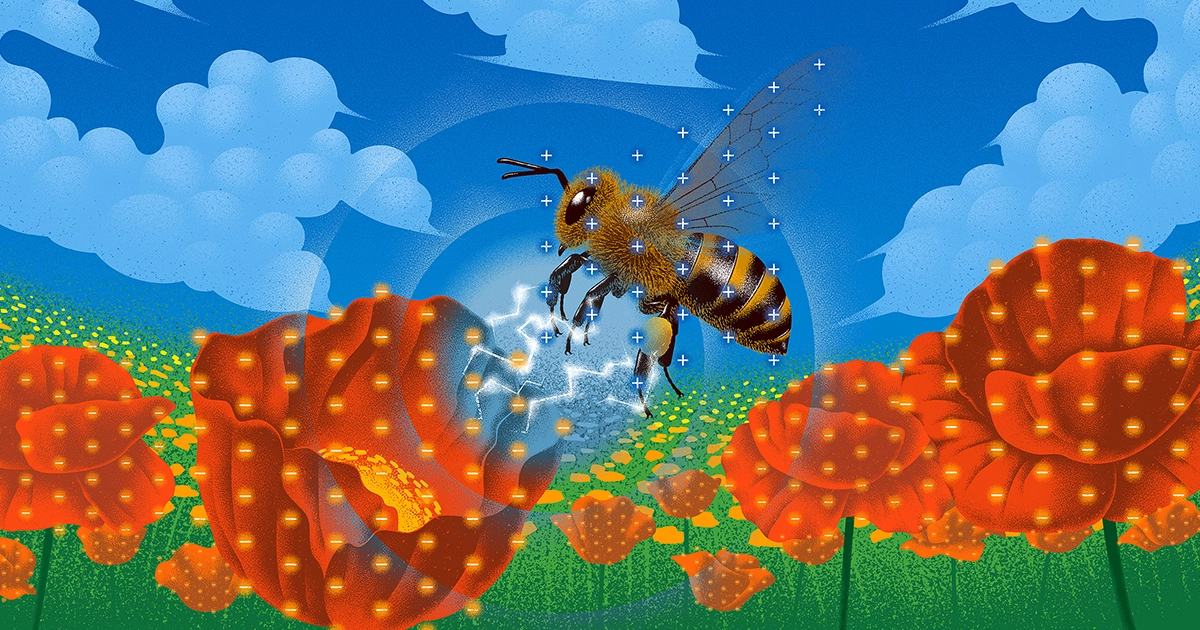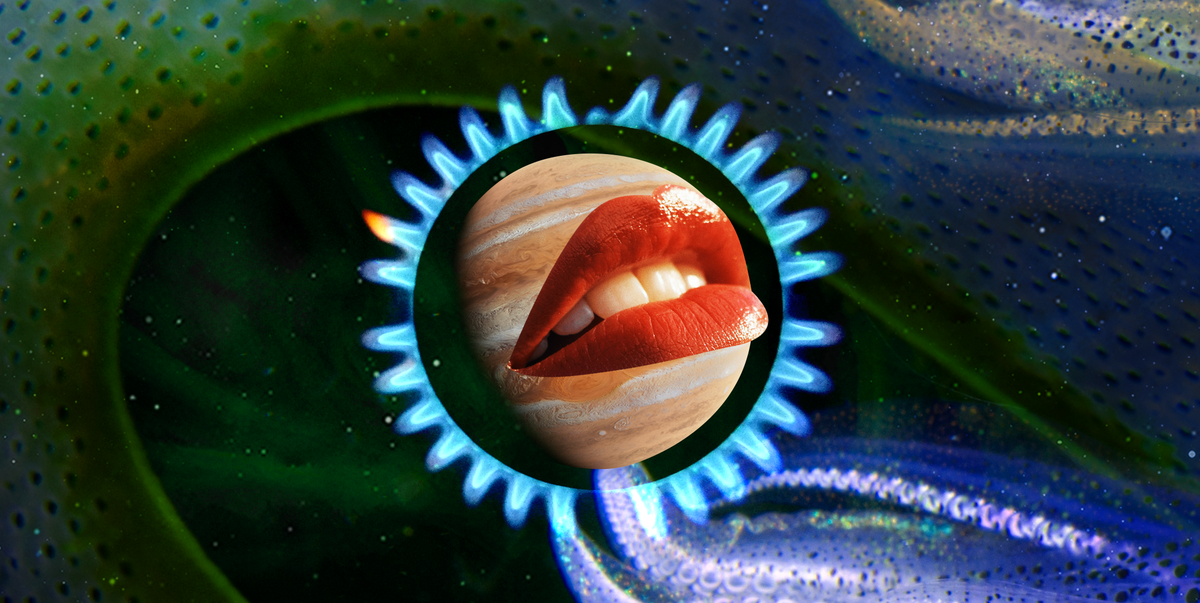World
The Hidden World of Electrostatic Ecology | Quanta Magazine

As more evidence links static to survival, a story is emerging that evolution may fine-tune the capacity to sense or carry charge just like any other trait. “The fact that there’s such a diverse range of species with different ecologies is what makes it so interesting,” said Beth Harris, a graduate student in Robert’s lab. “There’s a real treasure chest to be opened.”
Electrical Inheritance
As work continues in Robert’s lab, the suspicion that static detection and accumulation among insects and arachnids is no accident does as well. Caterpillars with better electroreception, or nocturnal moths that carry lower charge, may better dodge predators. If they survive to reproduce more, those genes and traits — including those that help organisms sense and use static fields — could become stronger and more common in generations down the line.
It’s starting to become impossible to ignore the idea that electrostatics may be more influential in the animal kingdom than we know today. Whole ecosystems may depend on hidden electric fields. “If you suddenly took away electrostatics, I don’t think you’d get a mass extinction,” England said. “But I think we’d be surprised by how many animals would have to adapt to not using it.”
Electrostatic forces act on a scale of millimeters and centimeters, but their collective impact could be much larger. For instance, social bees such as bumblebees collect food for other colony members and larvae. Foragers make hundreds of decisions about flowers every day, and many other bees depend on those decisions. “What we think of as a fairly subtle difference on an individual level — being able to detect the flower just a second faster — could be quite significant for them evolutionarily,” said Dornhaus, who studies how bees interact with flowers.
If static charges aid pollination, they could shift plant evolution, too. “Maybe some fundamental features of flowers are actually just in service of generating the correct electrostatic field,” Dornhaus said, “and because we can’t see them, we’ve ignored that whole dimension of a flower’s life.” The idea isn’t so far-fetched: In 2021, Robert’s team observed petunias releasing more compounds that attract bugs around beelike electric fields. This suggests that flowers wait until a pollinator is nearby to actively lure them closer, Robert said.
“Humans are very visually oriented, so we tend to emphasize flowers that are showy and large,” Dornhaus said. But we already know that flowers transmit strong invisible signals, like scents or ultraviolet patterns. “It may well be that for some flowers, the electric field is actually a more prominent signal to bees than color is.”
However, evolutionary details surrounding electrostatic ecology remain murky at best. “It’s amazing, really, how little we know,” said Wainwright, the insect evolutionary ecologist. Even within better-understood visual and acoustic systems, ecologists are only beginning to connect evolutionary dots.
Because electrostatics has flown under the radar, England worries that humans unknowingly hinder the ability of animals to use these forces. “We’re spitting electrostatic stuff into the environment all the time,” he said. Electronic devices, appliances, power lines, fertilizers and even clothing bear static charges. “If [insects are] sensitive to the wingbeat of a wasp, they’re probably sensitive to a power line, and it might be messing up that entire system.”
Since completing his doctoral work, England now studies animal vision as a postdoctoral researcher with Berlin’s Natural History Museum. He hopes to one day run his own lab to explore these conservation questions and discover new cases of aerial electroreception or electrostatic behaviors, such as mating.
“The dream would be that aerial electrostatic sensing is well known and considered to be a regular part of the sensory repertoire of animals,” he said. Realizing that dream will take more research that seeks out the evolutionary secrets of critters far smaller than us, and thereby enlarges our world.








